One of our annual traditions for the new year is to watch the sunrise, like the lovely Atlantic Ocean scene above. Another of our traditions is to spend serious time reviewing and discussing our financial situation, our expenditures over the prior year, and the budget for the upcoming year. I know you are jealous that you haven’t previously been invited to one of these festive holiday gatherings. But that’s about to change!
In preparing to hit the road, we spent a lot of time studying the blogs of other full time RV travelers so that our CFO (popularly known as “Ken”) could build a budget for this completely new-to-us enterprise. In general it seems people are reluctant to talk about personal finance — though it’s one of our favorite topics — so we are truly grateful to the travelers who have been willing to share information about the costs of full time RV travel. Interestingly, “how much does that cost?” is a question that we’re often asked when people get over their initial inhibitions. So in the interest of paying it forward, and encouraging other people to be realistic and transparent about the costs of this lifestyle, we wanted to share our actual 2018 spend.
Your Mileage May Vary
We moved into the trailer on February 13, 2018, so these figures have been annualized where appropriate to capture the additional 1.5 months of expenses we would have incurred had we been traveling the whole year. We’ve also eliminated our sticks-and-bricks expenses for that period, so you won’t see the rent we paid for January for our apartment in Miami, for example. Some items were prepaid before we hit the road so the cash outlay doesn’t appear in the list. But we are pretty meticulous about tracking expenses — this list even includes 11 cents I spent at a Kinko’s to print out our auto insurance cards — so we feel it’s a fair representation.
The important thing to keep in mind is that, like everyone else, our expenses are a direct reflection of our personal priorities and spending choices. You can get an idea of our travel profile from some of the numbers in our 2018 Year in Review. For example, we rarely eat out for meals, but we love tasting local beer and wine. We outfitted our rig to maximize our comfort and functionality when off the grid, which allows us to stay at a relatively high proportion of campsites with no hookups (national parks, national forests, etc.). We don’t work, so we leave camp most days to visit trails, museums, and other destinations, which means we put a lot of miles on our truck. Other travelers have very different spending profiles based on their goals, preferences, and personal situations.
What’s Not Included
Startup Expenses. We purchased the Airstream and the truck in 2017, and worked steadily to acquire all the other accoutrements of camping. These purchases ranged from large (Airstream, truck, generator, portable solar panels) to small (new hiking boots and headlamps) but they definitely added up. As a round number, I’d estimate our total spend on the whole package was around $125,000. We treated these startup costs as capital expenses, but any repair or replacement expenses are treated as operating expenses in the budget.
Income Taxes. This is obviously not a cost of RV living, and is related solely to the level and type of household income. Since we don’t work, we expect our federal taxes will be minimal and as Florida residents we don’t pay state income tax.
Major Charitable Contributions. Charitable giving is a completely voluntary choice, and is basically unrelated to full time travel. Back when tax deductions mattered to us, we set up and funded a donor-advised fund which is the source of all our major philanthropy so it doesn’t appear in our budget in any case.
Blog Expenses. These only amount to a few hundred dollars per year for domain registration, hosting, and some paid plug-ins. Amazingly, it is completely possible to travel the country without blogging about it.
Professional Fees. For the time being, I am keeping my law license active by continuing to pay dues to the Florida Bar. This is obviously not an RV-related cost.
Here It Is, the Actual Spend
The table below provides, to the best of our ability, a complete picture of our spending on full time RV travel in 2018, other than as noted above.
| Category | Annualized Spend | Interval | Notes |
| Gas | $4,669 | $389.10/month | We drive around a lot. It’s a big country! |
| Camping Fees | $8,777 | $731.50/month
$24.38/night |
Includes all sales and lodging taxes, reservation fees, and cancellation fees. |
| Other Travel and Lodging | $1,666 | $138.80/month | This includes trips home to visit family, and for me to attend meetings for a volunteer board at my university. We didn’t have much in 2018, and this will increase in 2019. |
| Vehicle Maintenance | $1,341 | $111.70/month | Service and repairs on the truck and the Airstream |
| Vehicle Insurance & Registration | $1,668 | $139.00/month | Coverage for both the truck and Airstream, including AAA |
| Health Insurance & Medical Expenses | $10,361 | $863.40/month | Ugh! See below. |
| Entertainment: General | $2,951 | $245.90/month | This includes all museum and park admission fees, annual park passes, subscriptions to publications we read, souvenir purchases, small charitable contributions, and gifts for friends and family. |
| Entertainment: Restaurants | $1,577 | $131.40/month | We rarely eat out, and when we do it’s often pizza. |
| Groceries | $10,060 | $838.30/month | Food and beer/wine. We eat really well – almost exclusively organic and plenty of craft beer and wine. |
| Household Supplies and Services | $3,152 | $262.60/month | Laundromats, haircuts, propane, any new clothing or gear, cleaners, paper towels, etc., including about $110/month for our storage unit back in Florida. |
| Connectivity | $3,514 | $292.80/month | Unlimited data plan on AT&T for many devices, SiriusXM for the truck, Amazon Prime |
| Total: | $49,734 | $4,144.51/month | |
| Minus Tax Credit | ($10,356) | Annualized. Credit for 10 months was $8,630. | |
| Net Total: | $39,378 |
Discussion
Surprises That Are Not Surprising. Any travel budget needs to have plenty of wiggle room, because there are always unexpected events. We didn’t specifically expect to need repairs on either the truck or the Airstream, but we budgeted for them anyway and it was a good thing we did since we needed both. Our camping plans have been upset on several occasions as we learned the ropes — sometimes we wanted to stay longer or shorter than we originally thought — but also by outside forces like the government shutdown that closed the national park campgrounds. In all these cases, one aspect of RVing that we hadn’t anticipated is the inability to shop around. When the truck or trailer needs repairs, it’s typically an emergency that must be dealt with immediately, so there may not be much choice in mechanics. When the national park closes down, there’s a limited number of nearby campsites that remain open. We also don’t have the time to analyze all the grocery stores in any given town we visit, so we don’t necessarily get the lowest prices, despite being members of approximately 11 billion different store loyalty programs. Operating on a short time frame (we need things NOW) often means we just have to pay more.
Health Insurance. If you weren’t already aware, health insurance in the U.S. is broken. It is completely ridiculous that 20% of our annual expenditure is for health insurance alone. And this is for a catastrophic plan, from which (other than preventive services) we don’t see a penny of coverage until we spend, out of pocket, our full deductible of over $14,000. The somewhat good news is that our plan is with Blue Cross / Blue Shield, and having access to their nationwide network of providers is helpful for full-time travelers. The really good news is that we should qualify for a substantial premium tax credit when I file our federal tax return this year, which will offset a significant amount of the cost. [Update 2/16/19: When we filed our 2018 tax return, we received a health care premium tax credit of $8,630 for the 10 months were purchased insurance on the exchange, which translates to an annual credit of $10,356. In other words, the premium tax credit covered the entire premium, since plans are so expensive on our exchange.]
With the Affordable Care Act constantly under attack, it’s hard to know whether the premium tax credit, or even the entire law (which establishes the state marketplace where we purchase our insurance, among many other things), will survive from year to year, making it the most unpredictable element of our financial planning. At the risk of stating the completely obvious, we support Medicare for All.
Activity Costs. Most of our favorite activities are low cost. We get an incredible value from our annual interagency park pass, which gives us free access to all the national parks where we can hike to our heart’s content. We do pay extra in the national parks for things like cave tours, or renting kayaks from vendors, and we occasionally visit museums at which we don’t have reciprocal admission through either the national horticultural or science museum groups. If we went into every paid attraction in every town we visited, this number would be MUCH higher.
Is that a lot? Whether you think we are spending a lot or a little depends entirely on your perspective. We left an area with a very high cost of living (Miami) so by living in the Airstream we have cut our housing costs down to a tiny fraction of our former expense. Considering all the places we have visited, it would have been staggeringly expensive to do this travel while staying in hotels and renting cars to get around. So we think that camping across America is a great bargain compared to our former urban lifestyle. There are plenty of ways to travel differently than we do, which could significantly increase or decrease the cost. It’s all about what works best for the traveler!
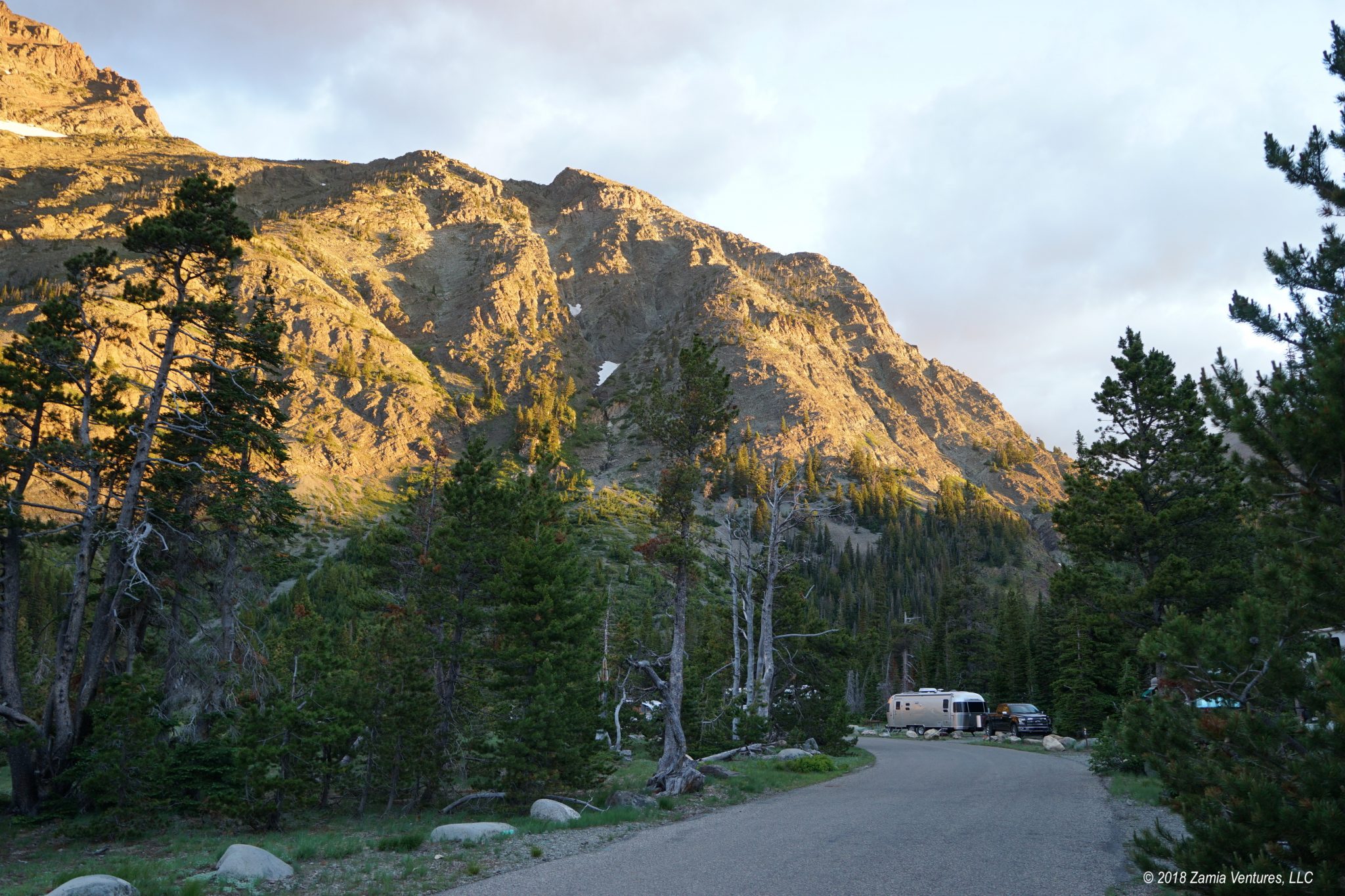
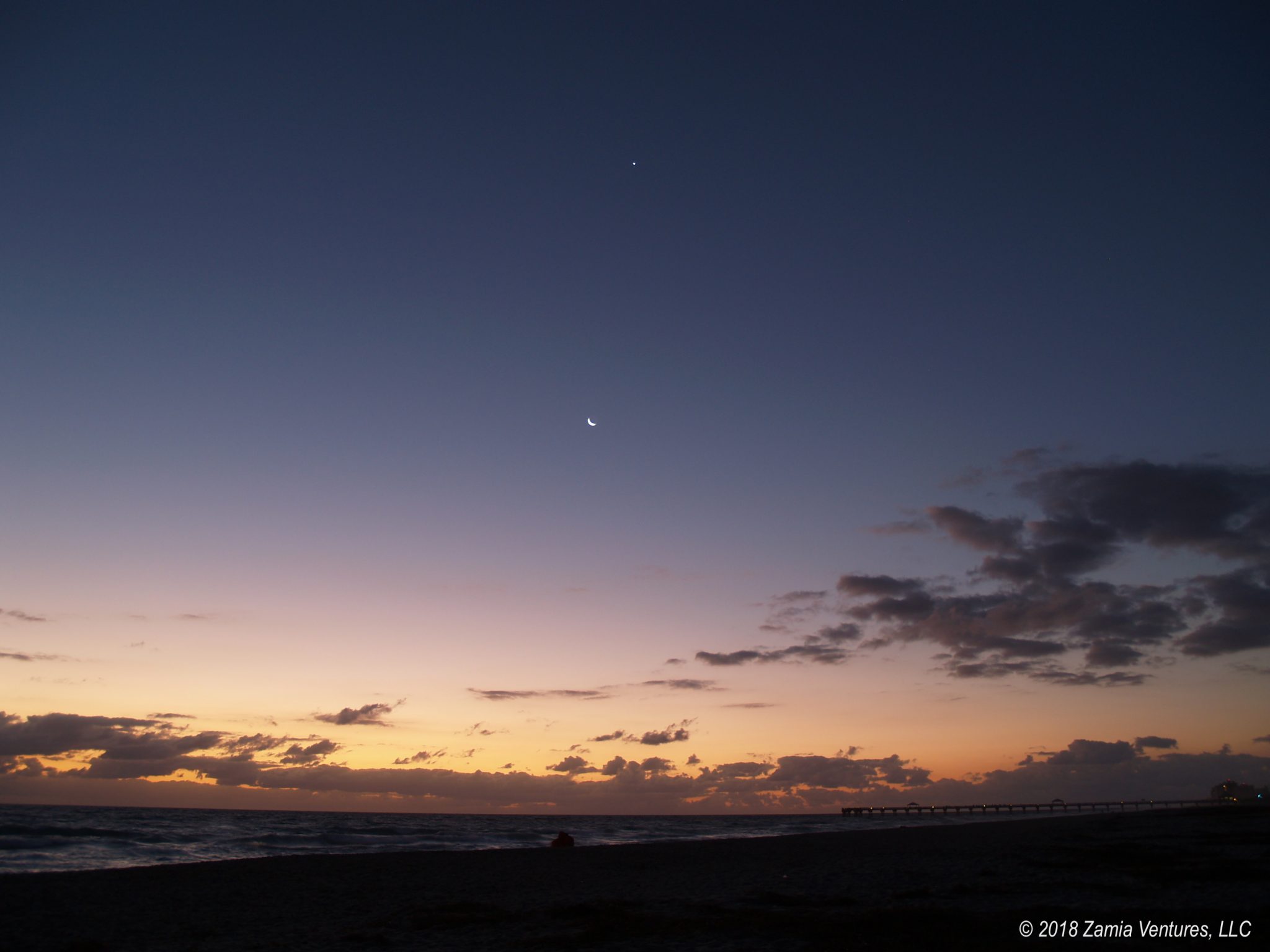
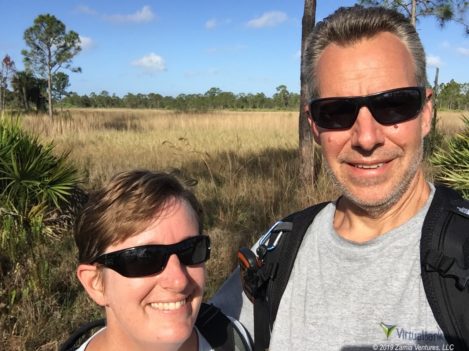
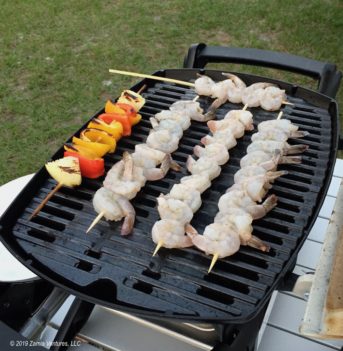
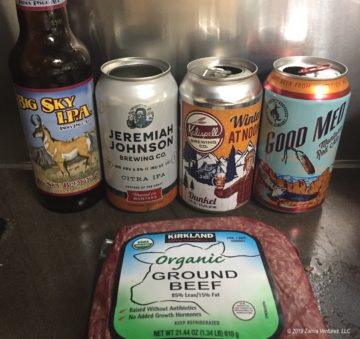
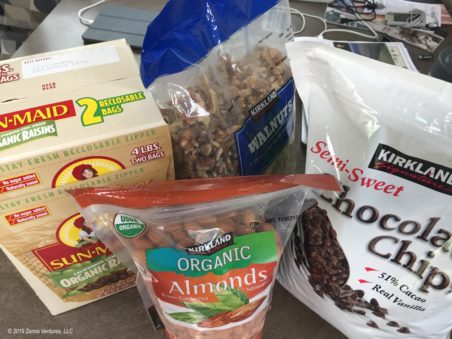

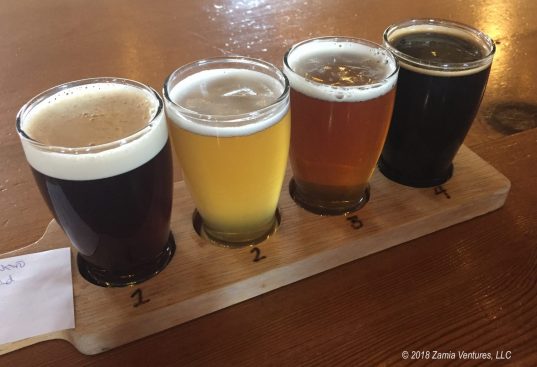

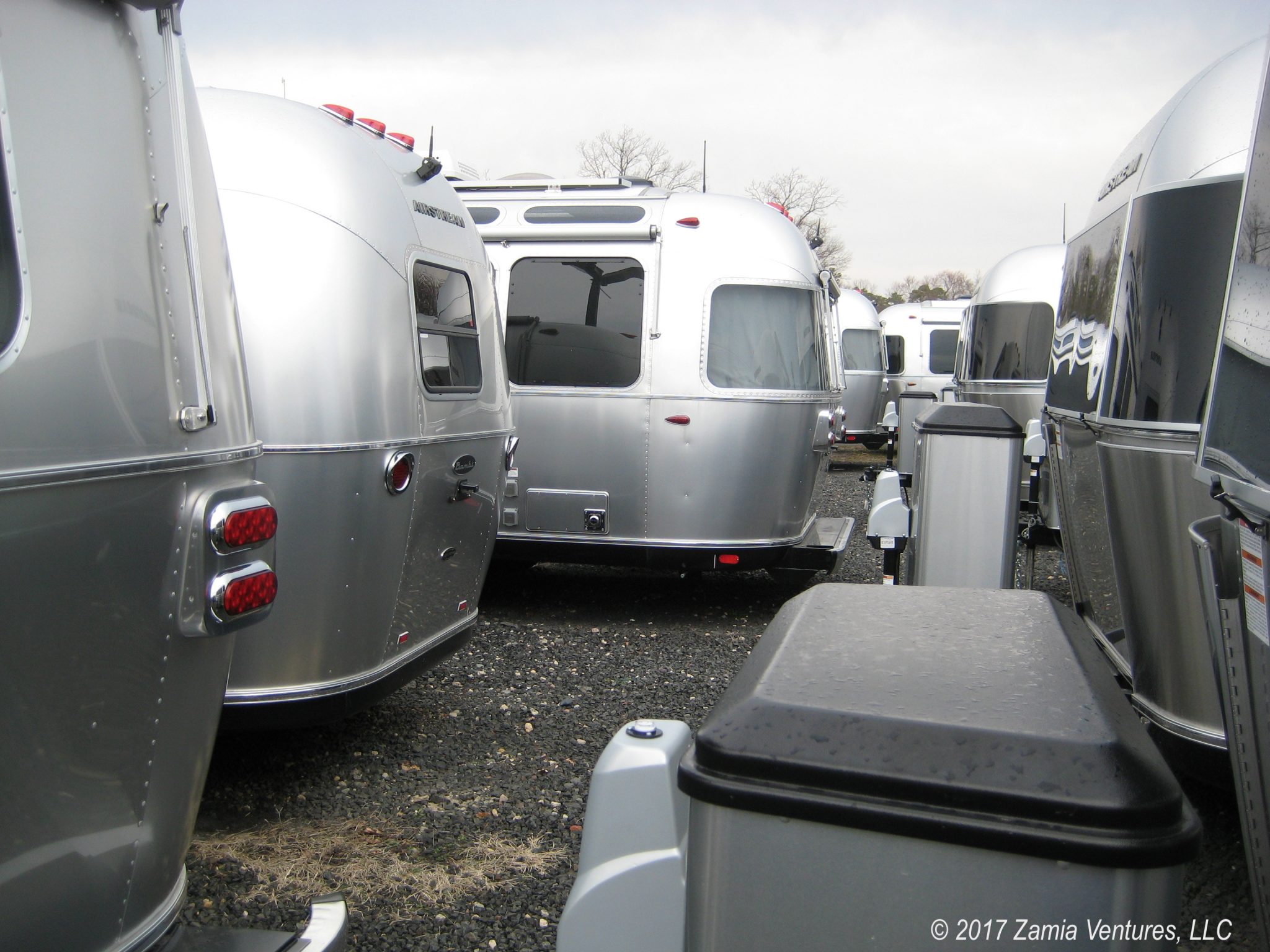
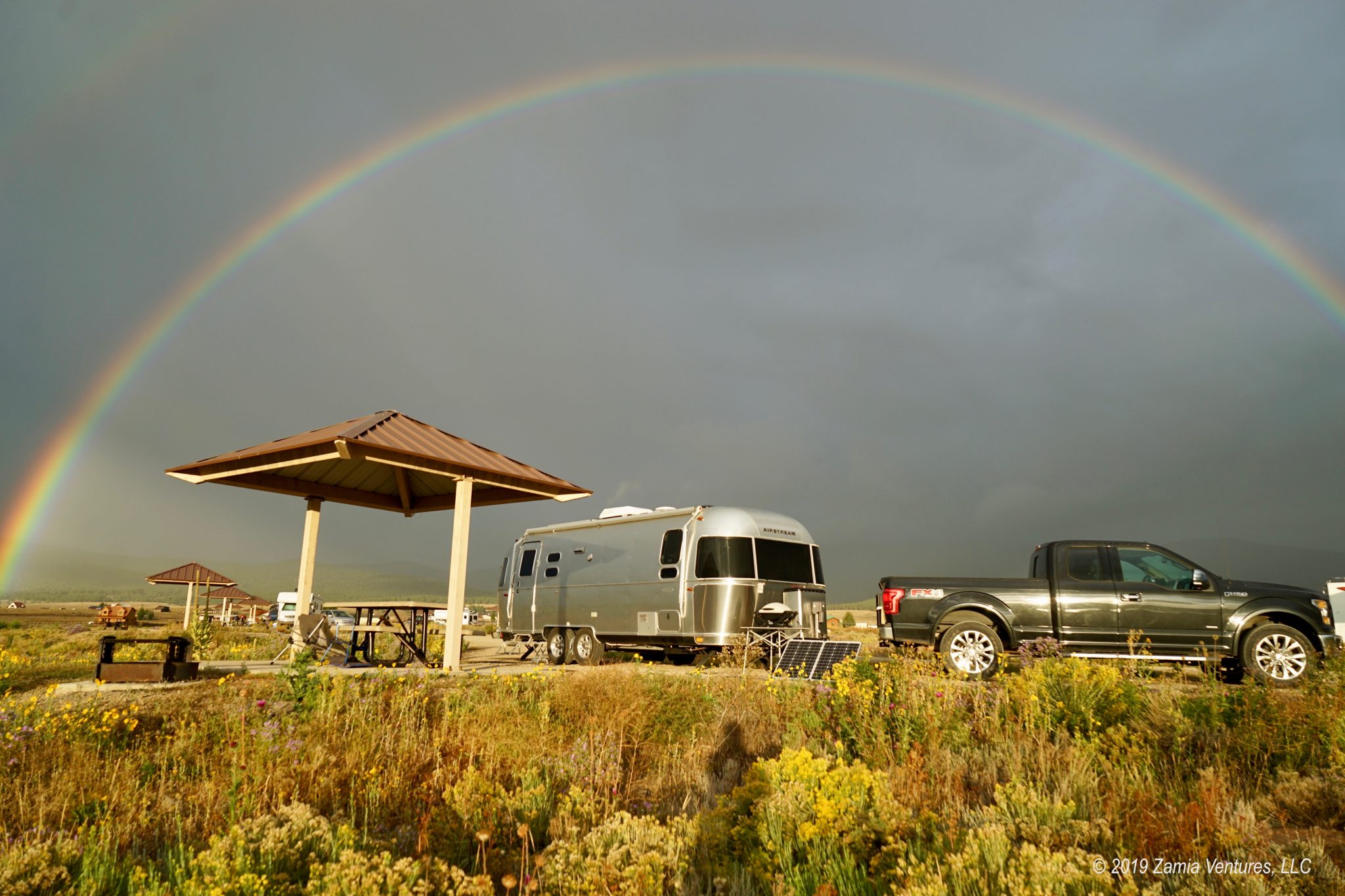

This is especially interesting as I’m currently working on a post just about our yearly camping costs. I can’t say I’m not a little jealous that you all get to stay in so many national parks and forests that we are too big for. Not only are they much more beautiful, but they are much less expensive. Win win (for you, not us.) 🙂
Your surprise costs are interesting as well. You are right: so often, we just don’t have the time or ability to look for lower priced options. When the need for something arises on the road, oftentimes, you are happy to take what you can get and move on.
Finally, I second your feelings on healthcare. One of the reasons we’re happy we pulled the trigger when we did is we live in constant fear of losing our health insurance. We’re taking full advantage of our freedom to buy our own coverage for the time we have it. This party may end at any time, leaving us no choice but to go back to our old lives. And you are wise to have a good plan through BCBS. We have, unfortunately, relied on it several times and they have been excellent. Folks going with subpar insurance companies to save a few bucks are playing with fire.
I found it quite interesting to put all this together. I was pretty shocked to see that our out of pocket cost for health insurance was our single biggest line item (in 2018 we were paying full freight during the year and hoping to receive a large premium tax credit). And we are healthy, barely using any actual services!
It was also a little surprising to see that we spend more on food than on camping, but I think that’s mostly due to the low cost of camping on public lands, where we spend the majority of our time. The beer explains the rest. 🙂
Wow, great job! I’m betting a lot of people are going to find this helpful.
It’s interesting to see how closely our priorities line up with yours. We chose to travel with a smaller rig so that we can fit into the national parks/state parks/forest service campgrounds; six years later, we’re very happy with our decision. We also put a high priority on eating well (organic and yummy) and that includes craft beer and good wine. But hey, we’ve found that the Trader Joe’s Coastal Zin at $5 a bottle is excellent! We enjoy a moderate amount of eating out but save up for good restaurants. And we love good tacos. 🙂 And we typically don’t hold back on museums/cultural events/whatever else we want to experience.
You said exactly what I have so often thought—this lifestyle allows us to experience travel in a way that would be prohibitively expensive if we were trying to do it by flying somewhere, staying in a hotel, renting a car, and eating out every meal. Plus, there just isn’t any way that we would be seeing everything we’re seeing and having all of these extraordinary experiences. Happy Trails!
I will admit that we went with the smallest possible rig because we were afraid we wouldn’t be able to park anything larger, but it has worked out beautifully for us. We definitely don’t need any more space, and being able to access the national park campgrounds has made our travel experiences much better. Not only do we like being right in the park, but as an added bonus those public campgrounds are usually cheaper as well. It’s an interesting case of the more desirable option (to us) also being the more affordable option.